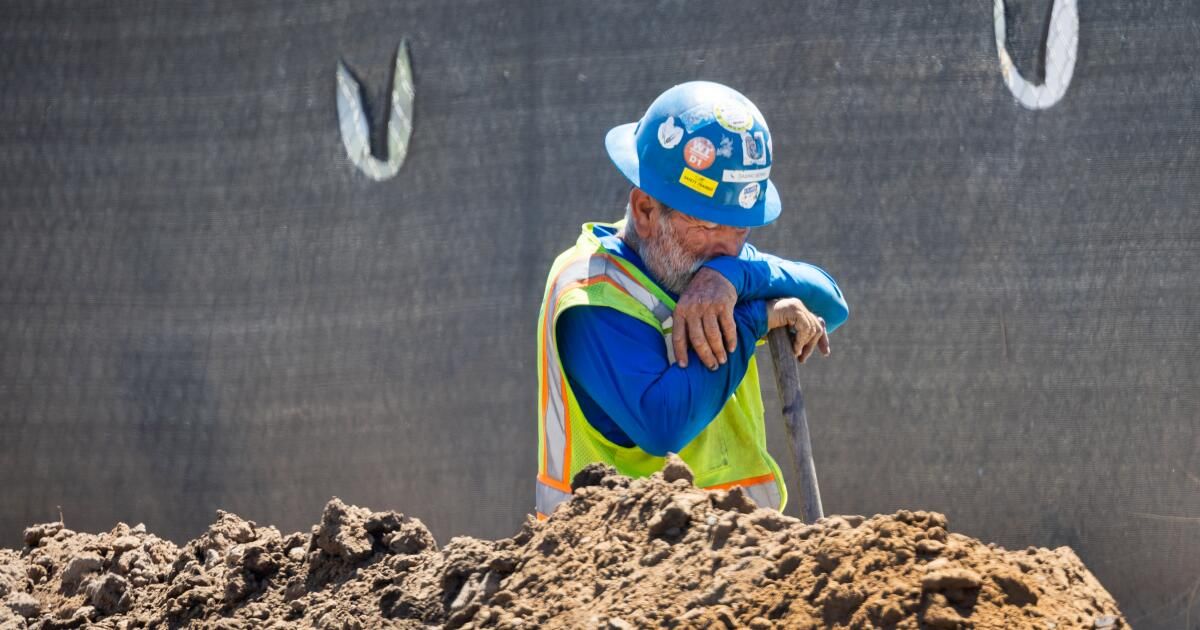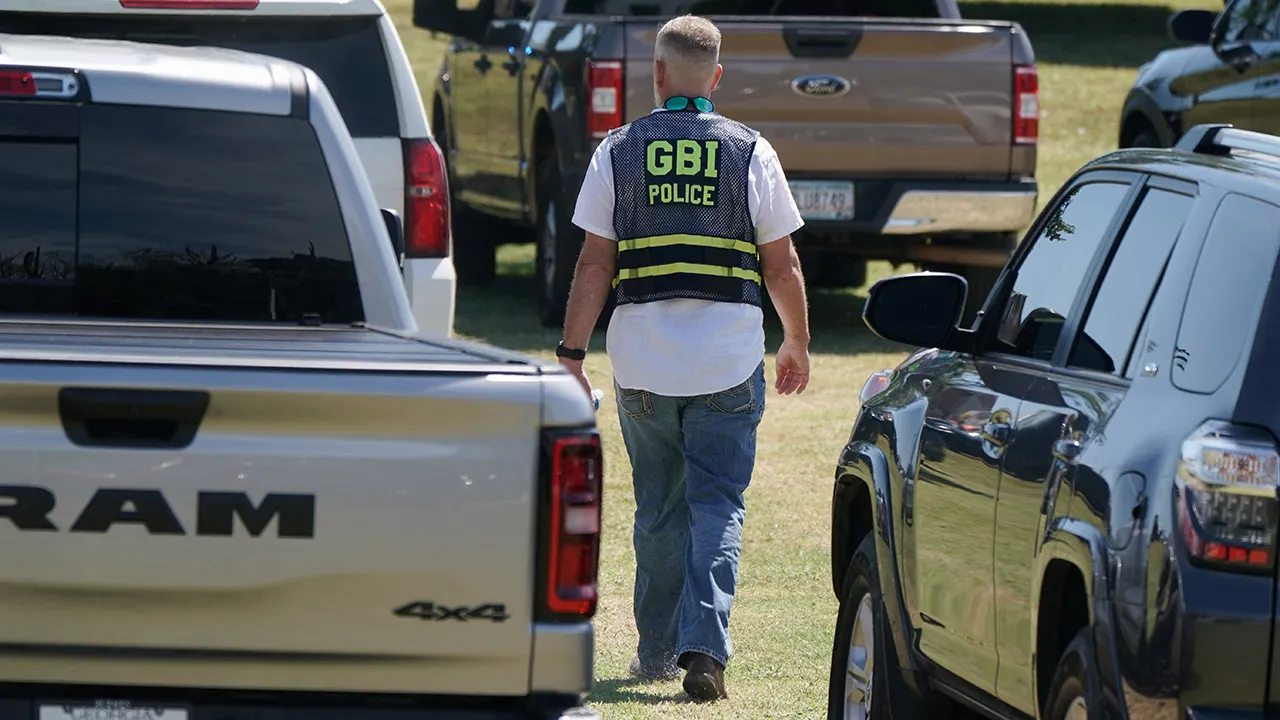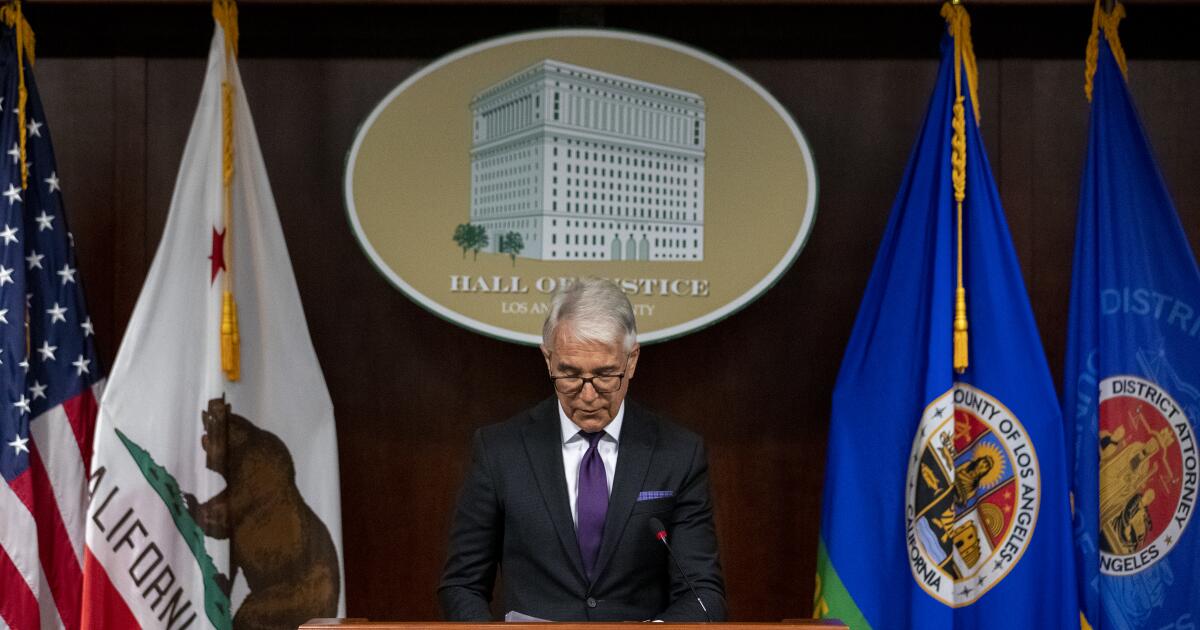A sweltering heat wave that has battered parts of Southern California with triple-digit daytime temperatures continues to punish the region with relentless heat that continues after dark.
Temperatures in the Santa Monica Mountains did not dip below 95 degrees from Thursday night into Friday morning. At midnight Thursday, it was still 100 degrees in the Malibu Hills. Lower elevations along the coast, including Redondo Beach and Huntington Beach, saw a slight cool-down, but it was still pleasant with temperatures in the mid-70s at night. Inland in Los Angeles County, temperatures ranged from 75 to 80 degrees at midnight, according to the National Weather Service.
While it's not uncommon to have high temperatures overnight during heat waves this time of year, it can be uncomfortable, said Ryan Kittell, a meteorologist with the National Weather Service in Oxnard.
“What’s happening is our marine layer is compressed so much that the really warm, dry layer that we have on top of the marine layer is now reaching into populated areas instead of being in the mountains,” he said. “This time of year when we have these heat waves, it’s pretty common to have those high temperatures at night.”
Daily daytime temperatures broke records Friday at two locations in Los Angeles County and three in Orange County, in most cases surpassing previous highs set in the 2020 heat wave. Highs of 102 at Los Angeles International Airport and 109 at Long Beach Airport broke 2020 records of 99 and 104, respectively.
Records also fell in Santa Ana, 113 compared to 110; Anaheim, 112 compared to 105; and Newport Beach, 95 compared to 91 set in 2004.
Four other locations in Los Angeles and Ventura counties tied their daily records. With 114, Hollywood Burbank Airport tied both its daily high and the all-time high since records began in 1939. Downtown Los Angeles, 111; UCLA, 105; and Oxnard, 99, tied daily records for Sept. 6 set in 2020.
“It’s a day where a lot of records are broken,” said Joe Sirard, a meteorologist with the National Weather Service in Oxnard. “It happens from time to time.”
But the six records broken or tied in the area spanning Los Angeles to San Luis Obispo counties didn't come close to matching those of 2020, when records fell at all 14 stations, Sirard said.
More records could fall when low temperatures are recorded overnight, said Sam Zuber, a meteorologist at the weather service's San Diego station, which also covers Orange County.
UCLA climate scientist Daniel Swain said that while nighttime temperatures don't typically make headlines, they actually have a significant effect during heat waves, both on public health and the ability of firefighters to fight wildfires.
“From a health perspective, they are disproportionately important, because this is typically the time when most of us are sleeping and our metabolism slows down. If it is not cold enough during that period, we don’t recover, so we come into the next day with a high level of physiological stress, and if it gets hot again, we can see the stress build up day by day,” he said.
The lowest temperatures typically seen as the sun sets at night remain 10 to 15 degrees above average in Southern California, said Chandler Price, a meteorologist with the National Weather Service in San Diego.
On Thursday, Palm Springs’ overnight low temperature hit 92 degrees, tying a record set in 2022. On Friday morning, Indio’s overnight low temperature hit 93 degrees, surpassing a record of 91 degrees set in 2022. LAX’s low temperature was 73 degrees, tying a record set in 2022. Palmdale’s low temperature hit 74 degrees, tying a record set in 1974.
Temperatures in Woodland Hills alone dipped to 73 degrees Friday morning, surpassing a record of 72 set in 2020. The mercury in Burbank hit a low of 82 degrees, breaking a record of 80 degrees set in 2020, according to the National Weather Service.
“Most of the time we think it’s going to be really hot all afternoon and evening, but it’s going to cool down overnight,” Price said. “We’ll be able to open the windows and put some fans on and everything will be fine. But that’s not going to happen. The heat never stops.”
This can pose serious health risks to vulnerable populations who do not have access to air conditioning in their homes and cannot cool down at night.
High temperatures kill more people in the United States than hurricanes, tornadoes, floods or cold weather. When it's hot, the human body works to cool itself by sweating, but during extreme heat a person's body temperature can rise faster than their ability to cool themselves. This can lead to heat exhaustion and heat stroke, according to the U.S. Centers for Disease Control and Prevention.
When the heat is relentless at night, the human body doesn't get a chance to rest, which can overwork organs and lead to various problems, including heart attacks, experts say. People who work outdoors, the elderly, young children and the sick or homeless are especially vulnerable to the drastic temperatures.
“What happens with high and low temperatures is that it is already hot in the morning and with the sun the temperature increases,” Price said.
High temperatures in Southern California are not unique to this region. International climate authorities have confirmed that this summer has been the hottest on Earth on record. The average global temperature in June, July and August was 62.24 degrees, a record high, according to the European Union's Copernicus Climate Change Service.
Temperatures are expected to remain scorching in Southern California throughout the weekend.
Temperatures are expected to reach 99 degrees in downtown Los Angeles and Long Beach Airport on Saturday, and 86 degrees at Los Angeles International Airport. Pasadena and Burbank will warm to 110 and 108 degrees, respectively. Woodland Hills is expected to reach 114 degrees, according to the National Weather Service.
Triple-digit temperatures are also forecast for much of the Inland Empire, including 109 degrees in San Bernardino. In Orange County, temperatures are expected to reach 101 degrees in Anaheim and 95 degrees in Irvine.
The National Weather Service has issued an excessive heat warning for much of Los Angeles County, alerting residents to dangerously hot conditions with temperatures as high as 115 degrees and overnight lows in the mid-70s and low-80s through Monday night.
Extreme heat disrupted service on Metrolink's Arrow service between San Bernardino and Redlands on Thursday, when overheating batteries shut down trains.
The batteries, which power cabin lights and charging ports on passenger cars, automatically shut off when they get too hot, said Jeanette Flores, Metrolink's deputy director of public affairs.
Service was closed all day Friday but was expected to resume Saturday, Flores said. Passengers can request a refund of up to $50 at this link.
High nighttime temperatures pose an additional challenge for firefighters. When temperatures remain high and humidity drops overnight, fires that would normally become less active overnight have the potential to spiral out of control.
“If the fire is active day and night, it can spread day and night,” Swain said. “So it basically takes half as long for the fire to spread a given distance as if it were just moving during the day and slowing down at night. This means they spread faster, move into populated areas (possibly faster), and at night when it’s harder to mitigate risks.”
Lack of overnight cooling during the heat wave presented a challenge for firefighters battling the Line Fire in San Bernardino County this week.
The fire, which started around 6:30 p.m. Thursday, continued to burn Friday and expanded to more than 1,100 acres by evening, according to the California Department of Forestry and Fire Protection.
Firefighters rushed to evacuate residents in the town of Highland overnight and into early Friday morning, when flames began to advance toward homes. As of Friday afternoon, no damage had been reported, but the blaze was not contained.
The weather service has issued a red flag warning for the Santa Monica Mountains, Santa Susanna Mountains and San Gabriel Mountains, warning of high fire danger from continued heat.
Significant cooling is unlikely to be felt until at least Wednesday, when temperatures in Los Angeles and surrounding areas are expected to drop to the mid-80s and low-70s.
Times staff writer Doug Smith contributed to this report.












